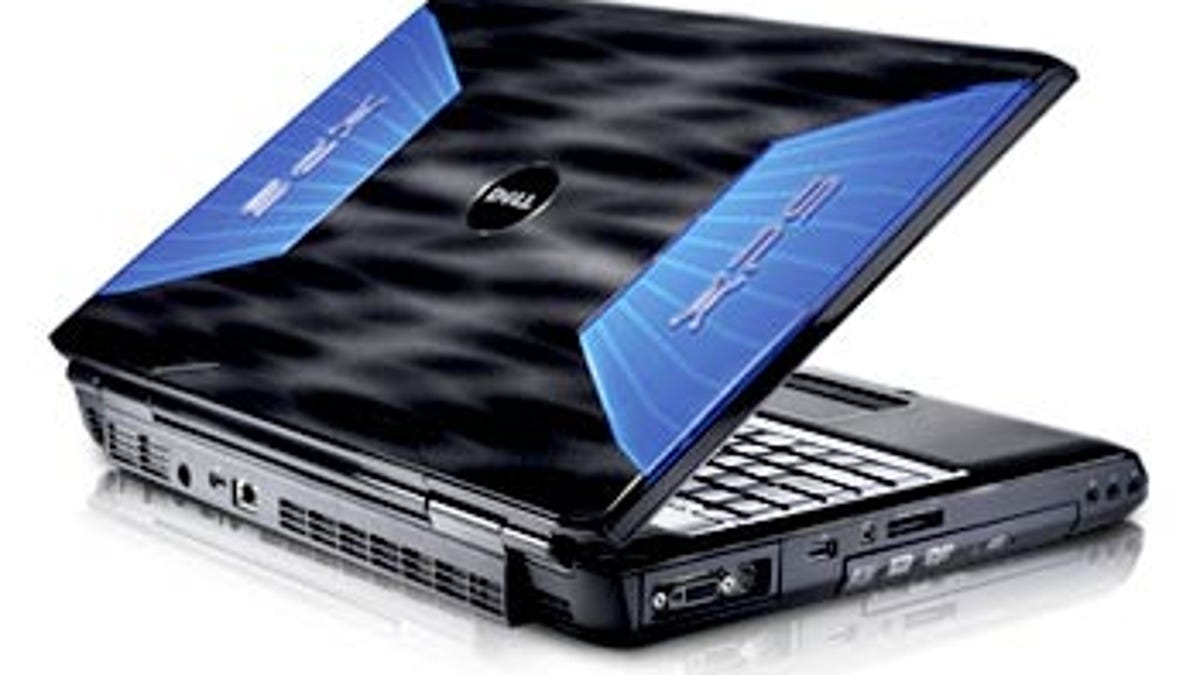Dell up next as Intel 45-nanometer chips creep into laptops
Intel's "Penryn" mobile processors were announced a month ago but have been slow to make their way into top-tier notebook lineups.

Dell will begin offering Intel's "Penryn" processor as an option on several notebooks within a week or so, according to sources close to the computer giant.
Although the 45-nanometer generation of Penryn processors targeted at laptops was announced back in early January, the chips haven't exactly leaped into laptop lineups.
So far, Hewlett-Packard is the biggest taker of one Penryn chip: the Core 2 Duo T9300 (2.5GHz, 6MB L2 cache). The HP Pavilion dv6700t, dv9700t, and dv2700t series all use the T9300. The massive 20-inch Pavilion HDX also offers the T9500 (2.6GHz, 6MB cache) as an option.
Gateway has a model in its P Series that uses the T8300 (2.4GHz, 3MB cache).
Toshiba has been one of the most aggressive early adopters. New models from Toshiba include the Satellite X205 based on the T8100 (2.1GHz, 3MB cache), the 4.6-pound Satellite U305 that uses the T8100, and the Qosmio G45 that integrates the T9300.
Dell is not specifying yet which models will get the processors, but the company's high-performance notebooks, such as the XPS, are likely candidates.
Intel's 45-nanometer mobile processors generally pack around 400 million transistors. One of the most salient features is the larger cache. The higher-end processors integrate 6MB of cache memory versus 4MB for the older 65-nanometer "Merom" generation, and the lower-end chips integrate 3MB versus 2MB for the Merom-class processors. A larger cache generally means better performance.

